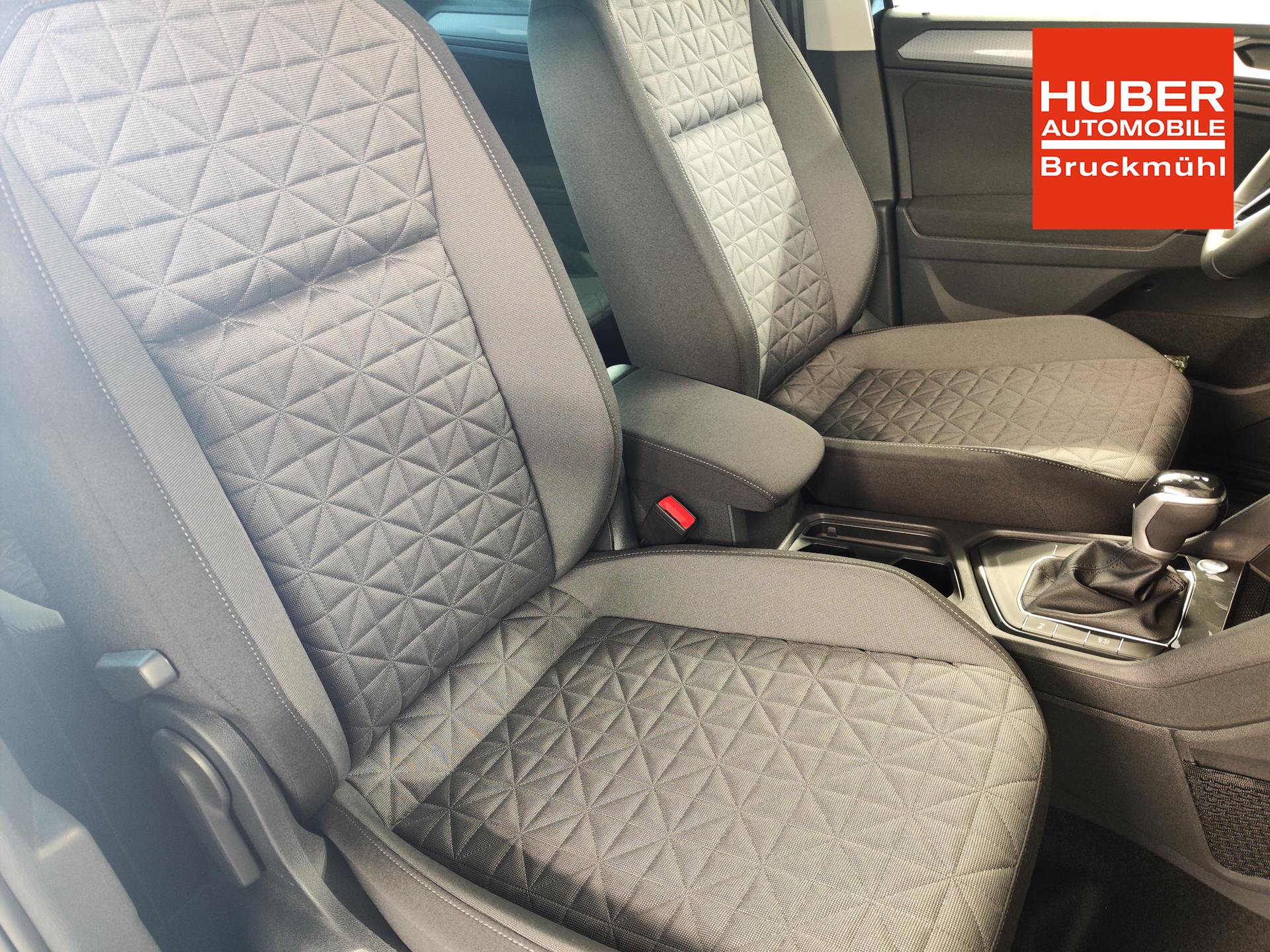Cancers, Free Full-Text
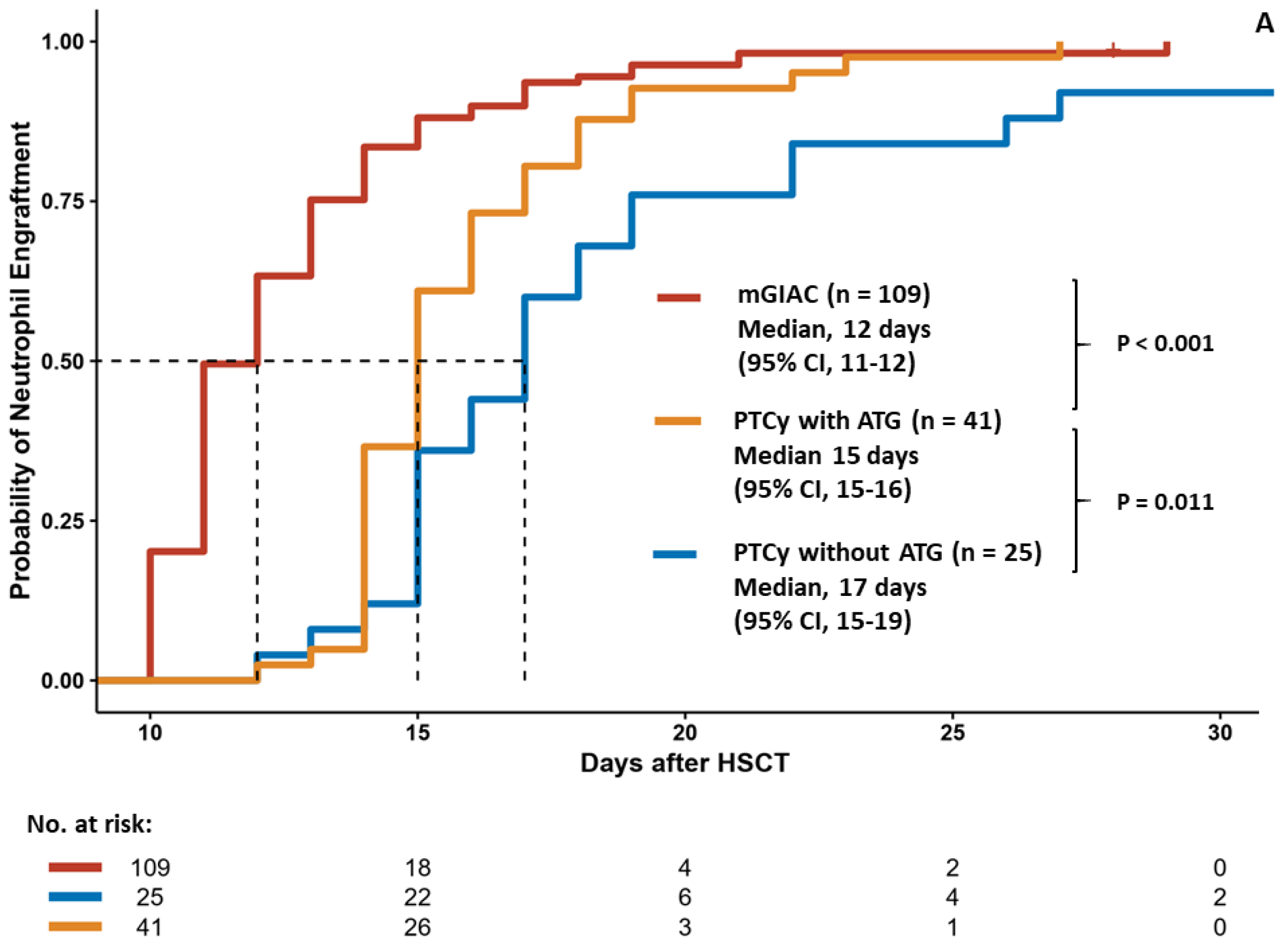
Background: The two most noteworthy strategies for haploidentical stem cell transplantation (haplo-HSCT) are posttransplantation cyclophosphamide (PTCy) with or without thymoglobulin (ATG) and granulocyte colony stimulating factor-primed bone marrow plus peripheral blood stem cells (GIAC). We aimed to compare these approaches in patients with hematological malignancies. Methods: We enrolled 178 patients undergoing haplo-HSCT, including modified GIAC (mGIAC), PTCy without ATG, and PTCy with ATG. Results: The patients in the mGIAC group had the most favorable platelet and neutrophil engraftment kinetics. Although the grade III–IV acute graft-versus-host-disease (GvHD) rates were similar, those receiving mGIAC had a significantly higher extensive chronic GvHD rate. The patients receiving mGIAC had a similar cumulative incidence of relapse (CIR) to that in the patients receiving PTCy with ATG, but this was lower than that in the patients receiving PTCy without ATG. The patients receiving mGIAC had the lowest nonrelapse mortality (NRM) and the highest overall survival (OS) rates. The differences in CIR, NRM, and OS remained significant when focusing on patients with low/intermediate-risk diseases before haplo-HSCT. Intriguingly, among patients with high/very-high-risk diseases before haplo-HSCT, no differences were observed in the CIR, NRM, OS, or GvHD/relapse-free survival. Conclusion: the mGIAC approach may yield a better outcome in Taiwanese patients with hematologic malignancies, especially for those with low/intermediate-risk diseases.
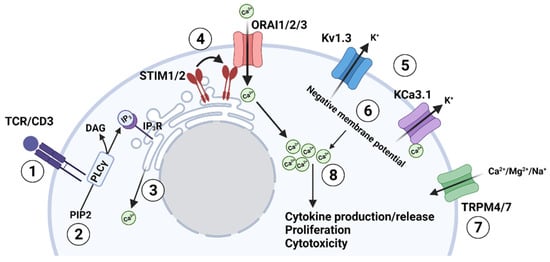
Faire Crac Crac Sims 2 Ado - Colaboratory

Cancer - Our World in Data

Cancers, Free Full-Text, g1 f1

Cancer
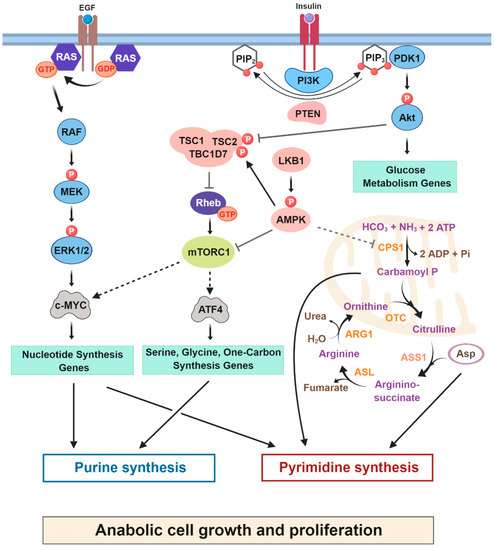
Images

Trastuzumab after Adjuvant Chemotherapy in HER2-Positive Breast
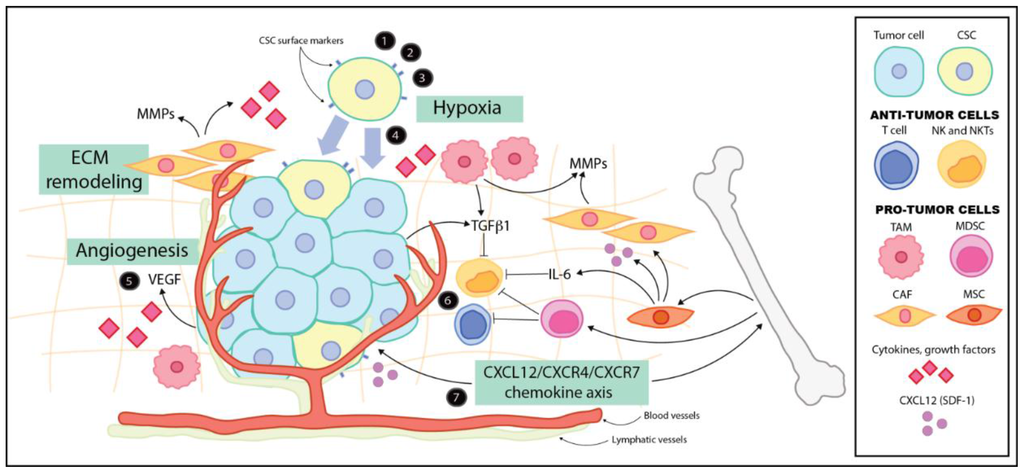
Cancers, Free Full-Text, sonic sprites modgen
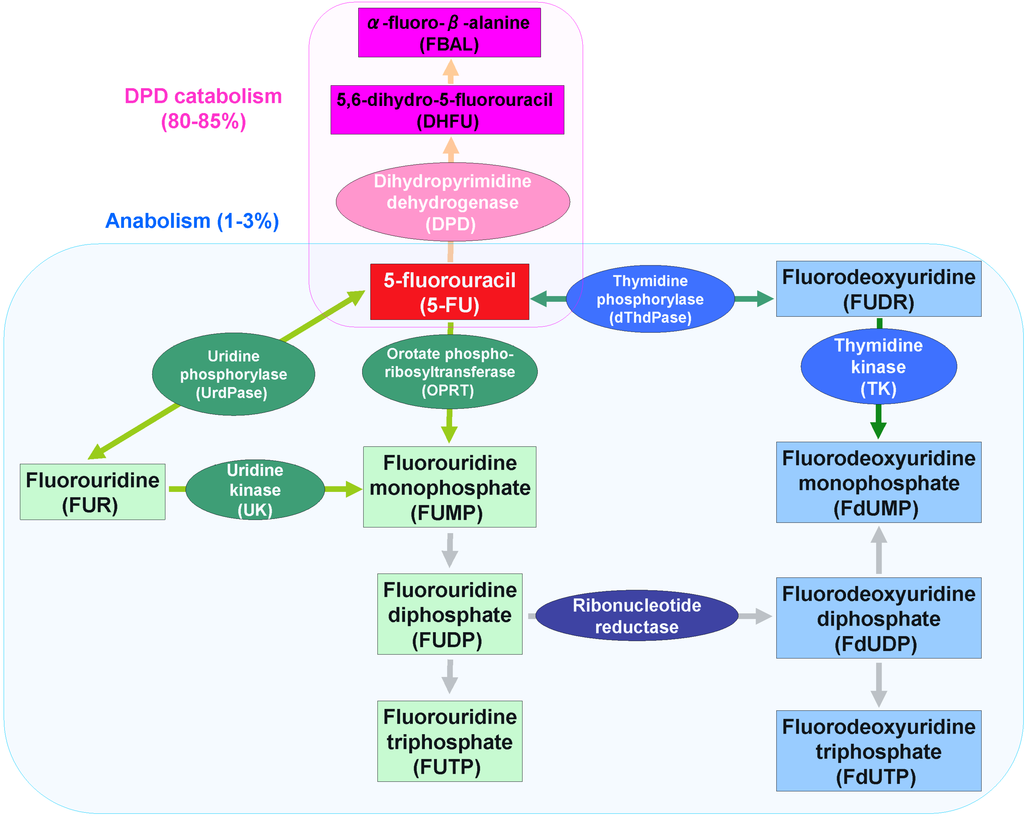
Cancers, Free Full-Text

Join a FREE Breast Cancer Survivorship Program



